Hananiel Setiawan, Prof. Giles Novak (adviser), Peter Ashton
- Stars form in molecular clouds when gas and dust collapse due to gravity.
- Theoretical predictions based only on pure gravitational collapse and gas pressure over-estimate the star formation rate by a factor of 100. [1]
- Why? Interstellar Turbulence and Interstellar Magnetic Fields may have affected the process.
- The role of magnetic fields in the star formation process is still poorly understood.

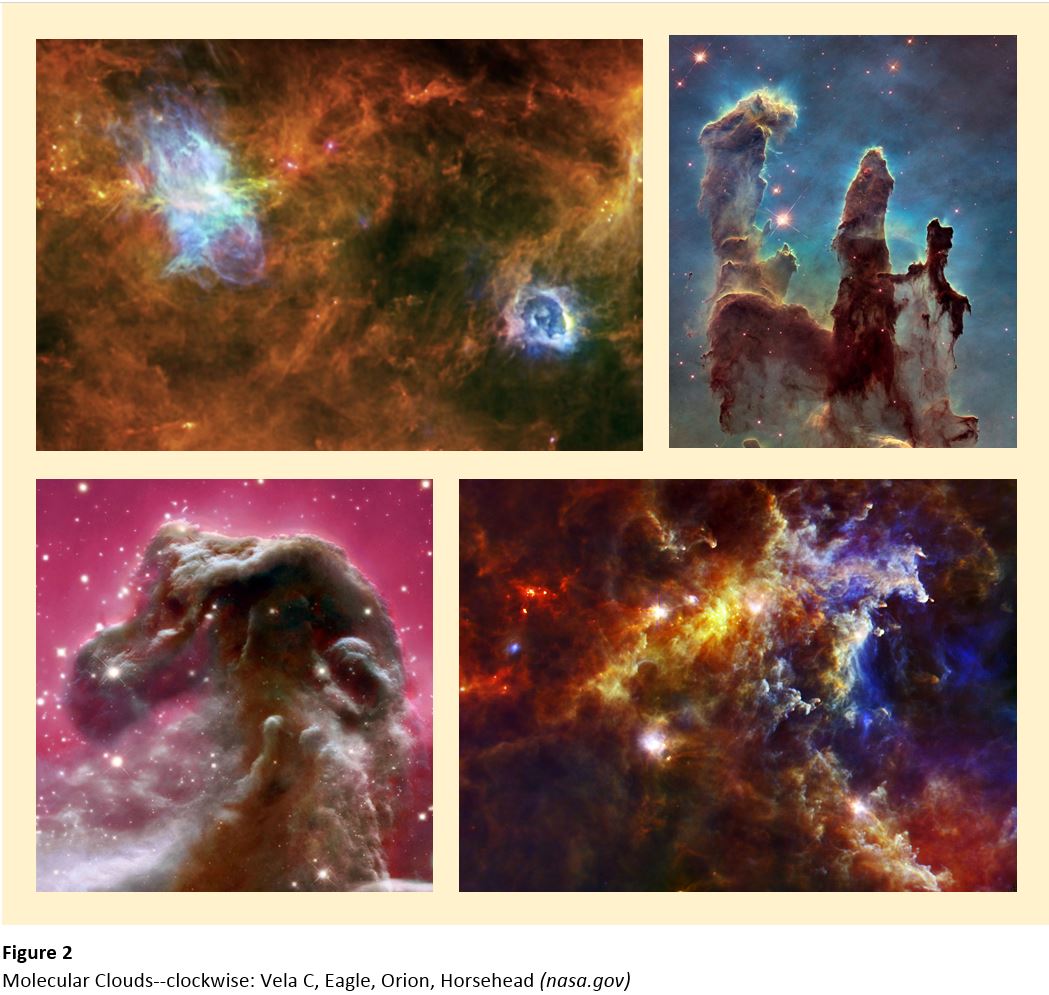
- BLAST (Balloon-borne Large Aperture Submillimeter Telescope) is an international collaboration studying the roles of magnetic fields in star formation processes by observing polarized light from molecular clouds.
- The group has successfully launched two telescopes from Antarctica: BLAST (2005, 2006) and BLASTPol (2010, 2012).
- BLAST-TNG (“The Next Generation”) is currently in-development and testing in preparation for a 2016 launch.
- The telescope will capture light with submillimeter wavelengths (250, 350, and 500 µm).
- The telescope has polarization capability, using a rotating Half Wave Plate (HWP) and polarization-sensitive detectors.
- The light we are seeking to observe is blocked by Earth’s atmospheric water vapor. The telescope’s float altitude is above 99.5% of the Earth’s atmosphere.

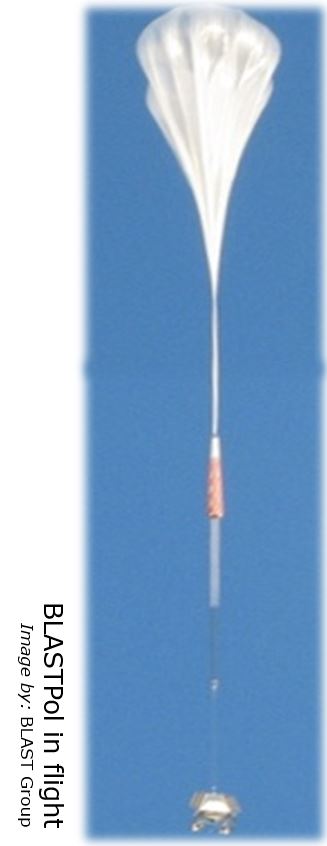

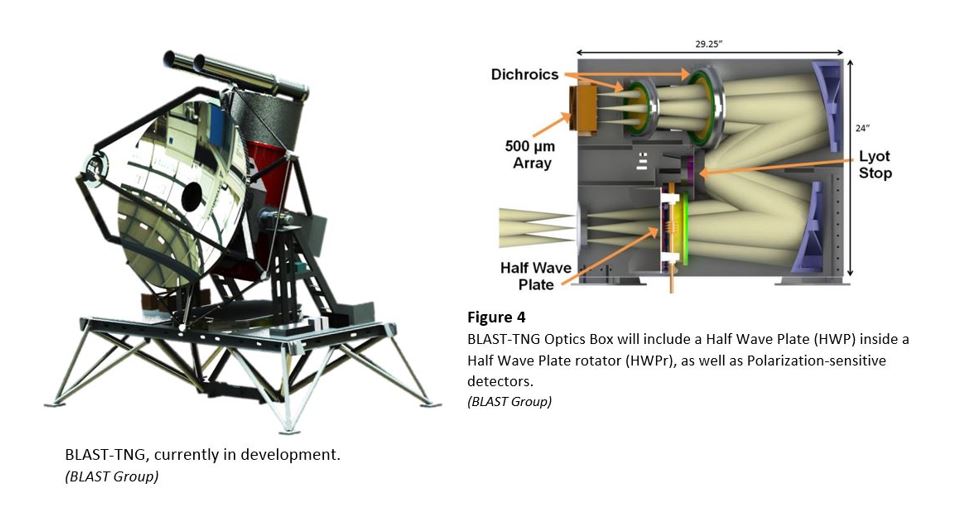

- Polarization states of the incoming light waves will be measured. The detectors at the end of the path have 4 different configurations: horizontal, vertical, and the two 45 degrees diagonals. HWP will be rotated in four 22.50 steps using a HWP rotator (HWPr), which was designed and manufactured at Northwestern University.
- The differences in signal power in different detectors will determine the polarization angle. Data from different HWPr angles will be compared to minimize systematic errors.
- To reduce noise in data, HWPr will operate at 4 K to avoid thermal radiation.
- Thus, we need to cold test HWPr and make sure that thermal contraction due to the low temperature will not affect the system.
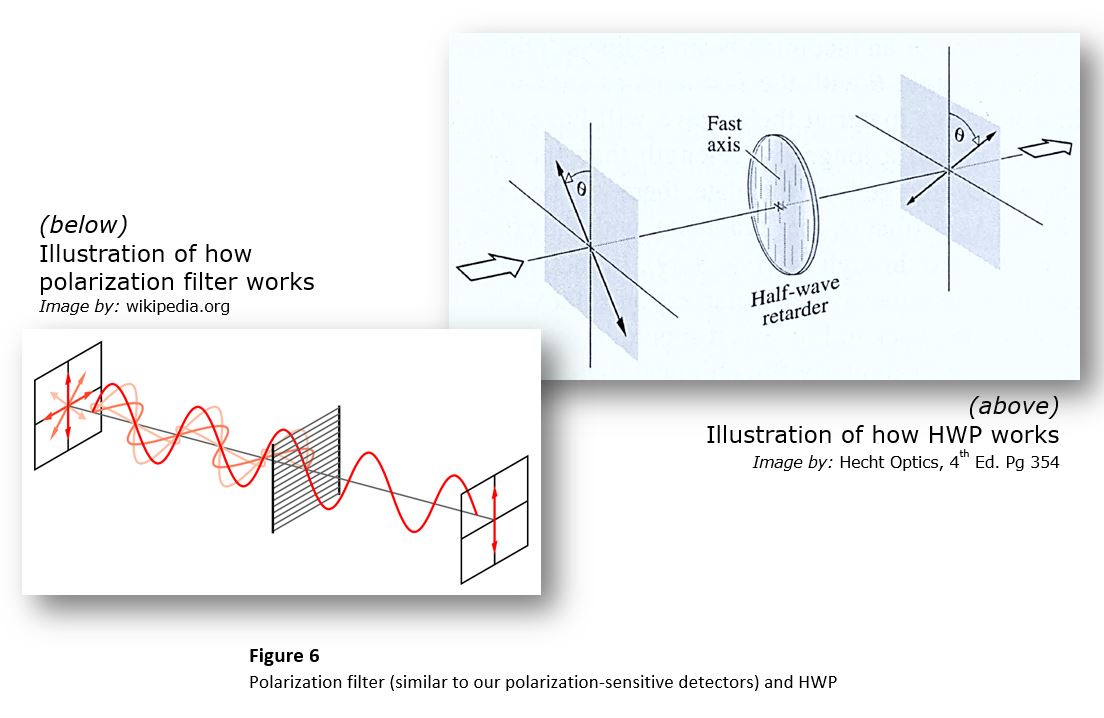
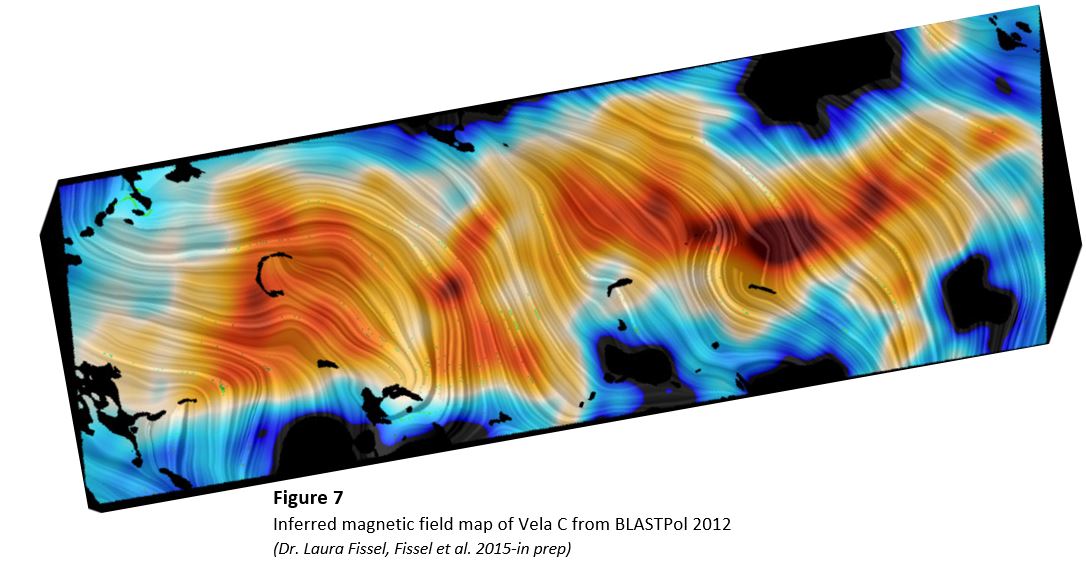
- The SPARO (Submillimeter Polarimeter for Antarctic Remote Observations) cryostat was repurposed to be the new HWPr test cryostat. SPARO was operated at South Pole station during 1998-2003. The cryostat was designed to cool to 4 K temperature. We will use Liquid Nitrogen (to 77 K) and Liquid Helium (to 4 K) as our cryogens.
- To make sure that the inside of the cryogenic chamber reaches the desired temperature of 4 K, we calibrated a Silicon-diode thermometer and programmed an EDAS-CE (Ethernet Data Acquisition System) computer system to track the temperature inside over time. The EDAS-CE reads analog voltage signal, digitizes it, calculates the temperature associated with the voltage, and allows user to access the data remotely.
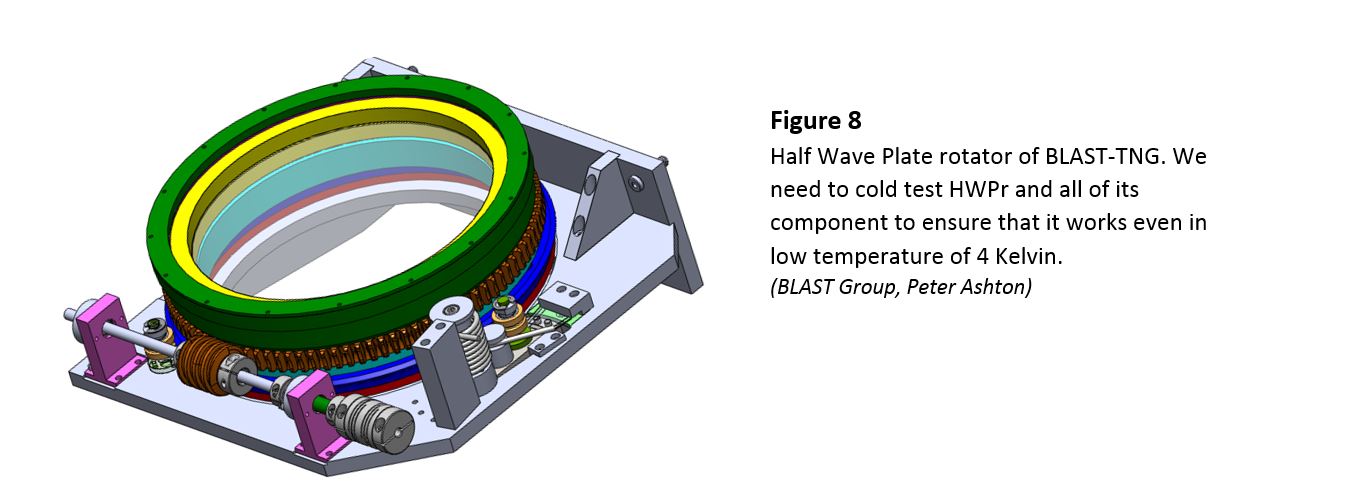
SPARO and Cryogenics
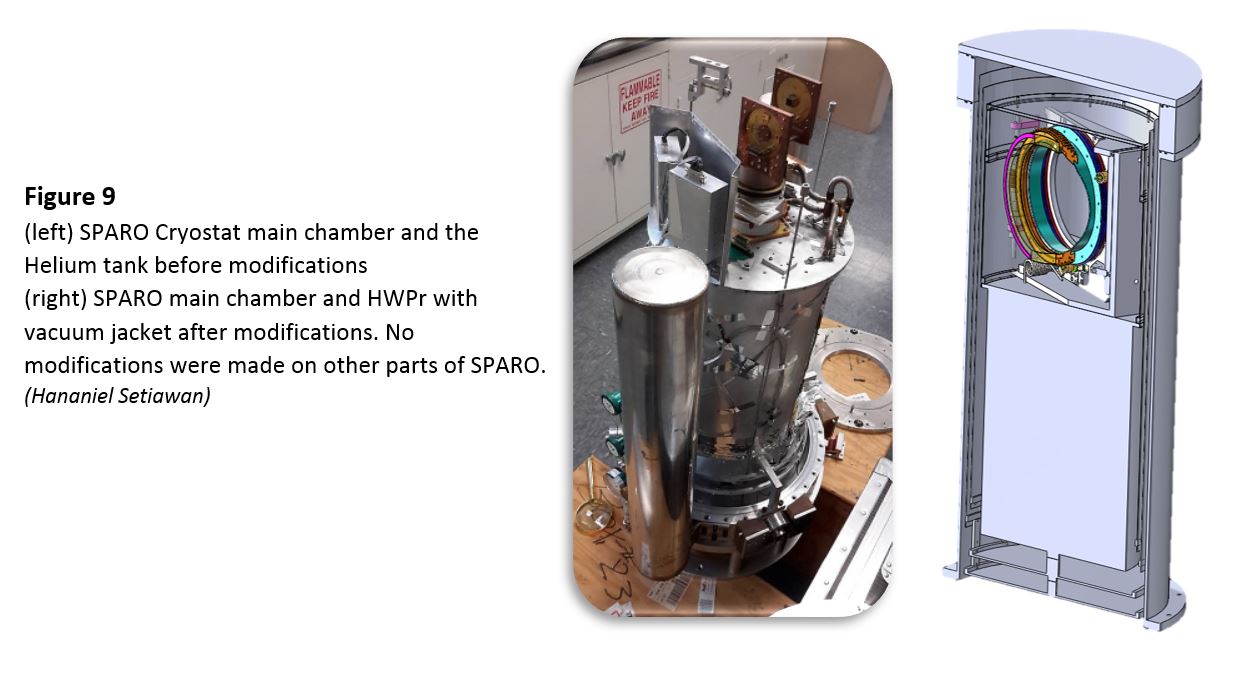
Electronics and Software

- Once all the parts of HWPr are manufactured, we will assemble and perform the cold-testing.
- The HWP from Cardiff University (UK) will be installed in HWPr at UPenn.
- Finally, the HWP and HWPr will be assembled inside the optics box of BLAST-TNG for the 2016 launch.
- NASA Grant No. NNX13AE50G S04, NNX09AB98G
- NSF Grant No. AST-1359462
- Northwestern University, NU Infrared Group & the Instrument Shop



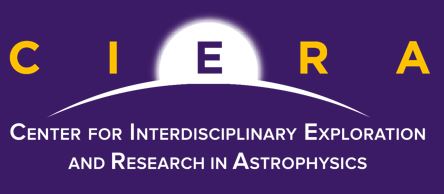
This material is based upon work supported by the National Science Foundation (NSF) under grant AST-1359462, a Research Experiences for Undergraduates grant awarded to CIERA at Northwestern University. Any opinions, findings, and conclusions or recommendations expressed in this material are those of the author(s) and do not necessarily reflect the views of the NSF, NASA, or the Northwestern University

About Hananiel Setiawan (Han)
Han is currently pursuing a B.S. in Physics at Michigan State University. He received two Associate's Degrees in Physics and Mathematics from Lansing Community College in 2014. Han has also been working at the National Superconducting Cyclotron Laboratory since 2013 as an undergraduate research assistant for Dr. Betty Tsang and the HiRA group.
Han is a recipient of the Gates Millennium Scholarship, Coca-Cola and PTK's 2014 All-Michigan Academic Team, and was listed in 2014 Khan Academy Tutoring Challenge Honorable Mention.
Han plans to attend graduate school in the physical sciences field. His hobbies include (but not limited to): listening to classical music, following international news and politics, playing Microsoft Flight Simulator X and iCivics, and volunteering.
Random stuff
Hour Detroit's report about the SOAP (Save Our Adolescents From Prostitution) Anti-Trafficking program I was involved in
An advertisement billboard for Lansing Community College Science Program, featuring me!
Sen. Debbie Stabenow (D-MI) with me before my community college graduation backstage.
My poster about Nuclear Symmetry Energy and Pion Productions (MSU UURAF first place)


